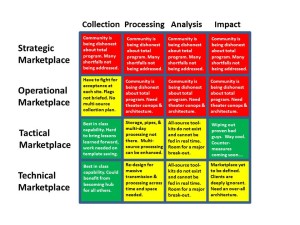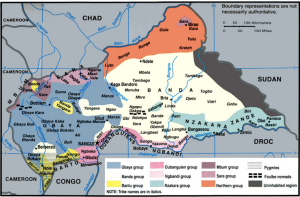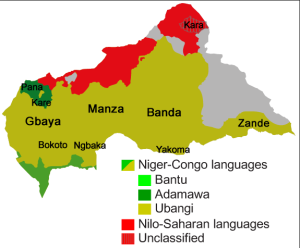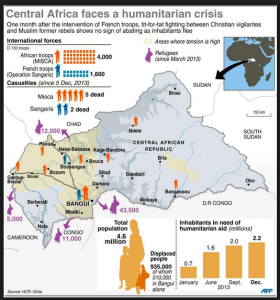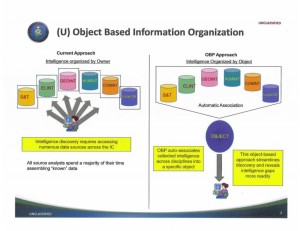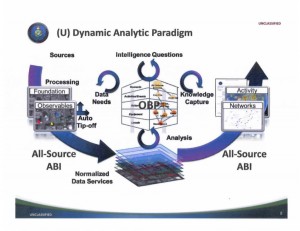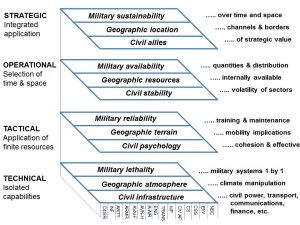
Huh?
Google Maps Now Show Elevation Statistics For Bikers
Google, the world's largest internet search operator, is bringing one of the most useful features to bikers using its Google Maps service. While cycling can be fun, sometimes an arbitrary hill climb can be a challenging task. But it appears that Google has finally come up with a fix for that, not essentially helping you get the bike to the top of the hill, but by showing an upcoming elevation in Google Maps' bike routes. The app now features elevation statistics to help bikers tackle steep hills.
Google did not officially announce the feature but confirmed to TechCrunch that the addition is indeed new to Maps. The Mountain View, California based tech giant has offered GPS functionality for bikers for few years now, but helped not more than being a map.
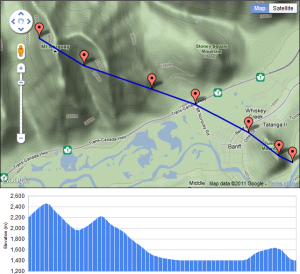
Bikers can simple select a bike route on the map and Google will find the directions for the destination. Following the update, information showing an elevation and descent will populate. In addition to the graphical representation of the hill, Google also displays a card to show the number of feet a biker must climb before reaching the top and descend through the other side.
Google will not display any elevation statistics when bikers are riding on flat roads. Google also confirmed to the tech blog that the new feature is available in all 14 countries where the biking directions are available on Maps, including Austria, Australia, Belgium, Canada, Switzerland, Germany, Denmark, Finland, Great Britain, Netherlands, Norway, New Zealand, Sweden and the US.
Google has been updating its mapping service quite frequently, of late. Earlier this month, the web giant added offline support for Google Maps, integrated Uber taxi service, improved local business search and more. These changes show how badly Google wants to stay ahead of its rivals, such as Nokia and Apple. The addition of more features to make the service useful for end users is surely an added advantage.

